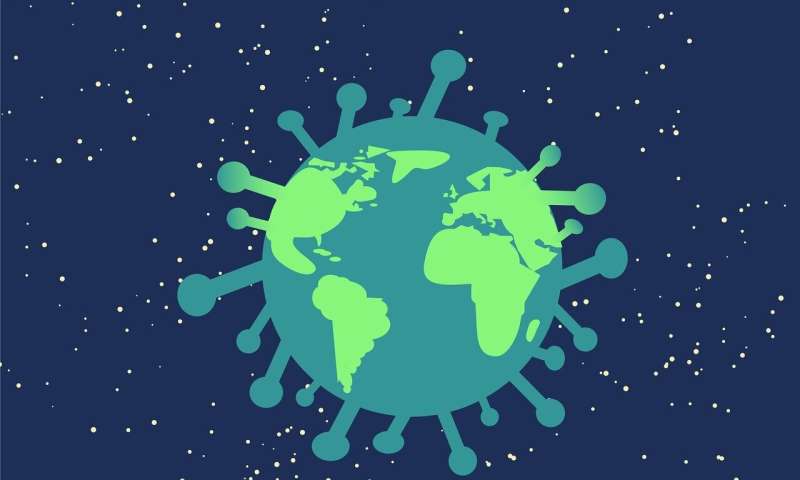Covid-19 vaccine: the next steps in the US


How quickly can Americans hope to get the coronavirus vaccine? Here is a look at the next steps in the approval and distribution process:
Short term: first authorizations
The vaccine advisory committee of the US Food and Drug Administration (FDA) will meet Thursday after poring over data from clinical trials carried out by Pfizer/BioNTech.
The FDA should then give its authorization for emergency use of the vaccine. That decision could come “within days after the advisory committee” meets, Health Secretary Alex Azar said.
On December 17, the same process will unfold for the Moderna vaccine.
In each case, distribution will begin immediately after FDA approval.
US Army General Gus Perna, in charge of logistics for the government’s Operation Warp Speed to develop a COVID-19 vaccine, has set a December 15 target date for Pfizer.
“Within 24 hours of FDA green lighting with authorization we’ll ship to all of the states and territories that we work with. And within hours they can be vaccinating,” Azar said.
December: 20 mn vaccinated
The number of available doses would be limited at first.
The government says 40 million doses will be distributed by year’s end, meaning that 20 million people can be vaccinated, as each requires two doses separated by three to four weeks.
Officials say the logistics are in place to distribute the first batch of roughly 6.4 million Pfizer vaccine doses right away.
The US Centers for Disease Control and Prevention (CDC) has recommended that health care workers (21 million) and residents of long-term care facilities (three million) be first in line.
In the end, though, state governments decide who gets priority for the vaccine, but most will adhere to CDC guidelines.
Early 2021: 100 mn vaccinated
After that, the details of the process are a bit fluid. Of course, Donald Trump will leave office and President-elect Joe Biden will take over on January 20, though much will be in place by then.
“By the middle of the month of March, we should have really covered most of the highly susceptible population, about 100 million people,” Moncef Slaoui, Warp Speed’s chief science advisor, said Sunday.
Initially, he had set end-February for that 100 million target.
Who will these 100 million people be, exactly? Authorities have not yet finalized their priority groups. And experts don’t all agree about who should come next.
Deborah Birx, a member of the White House’s coronavirus task force, told AFP the first 100 million should be those whose pre-existing conditions put them at high risk if they get infected.
But other experts advising the CDC suggested they would recommend that 87 million essential workers in fields such as education, food service, law enforcement and transportation be given priority after health care workers and nursing home residents.
Source: Read Full Article